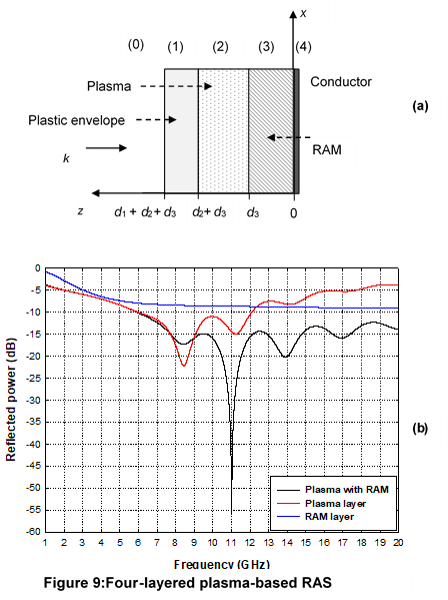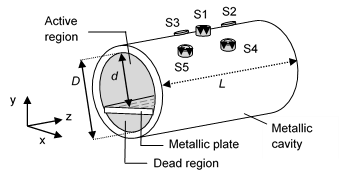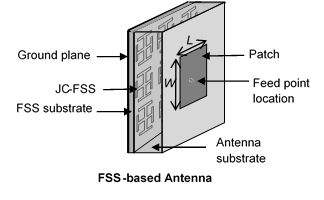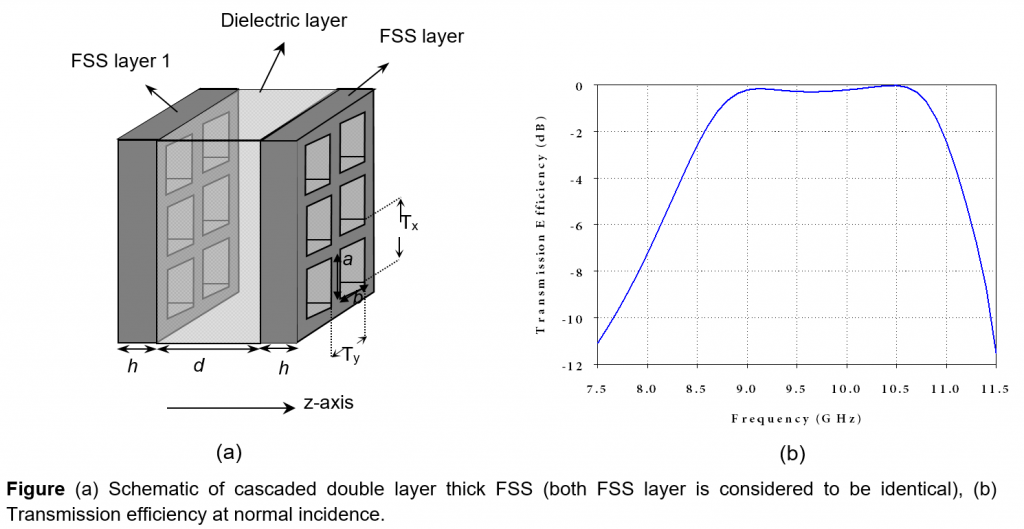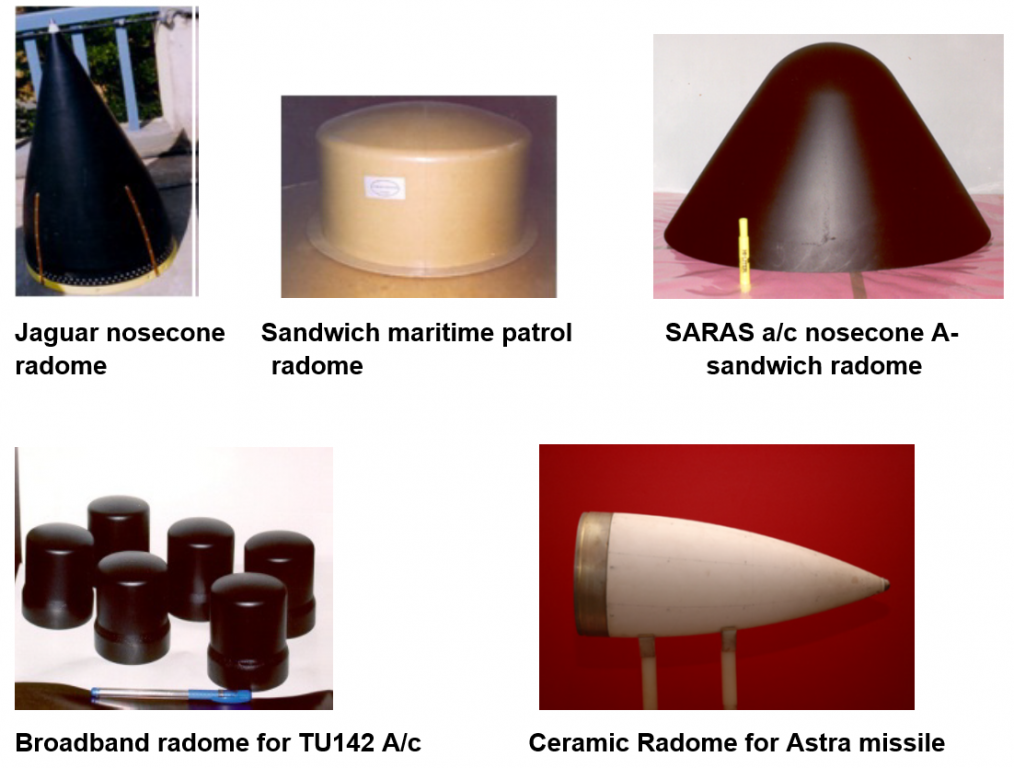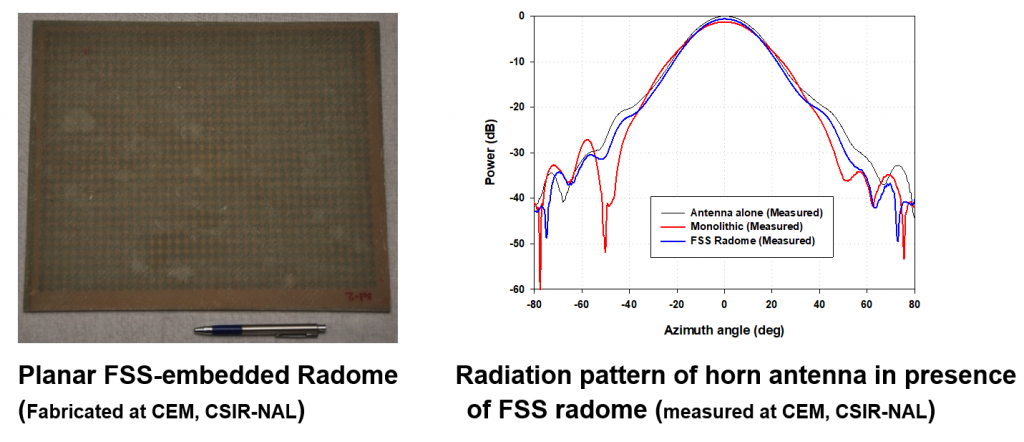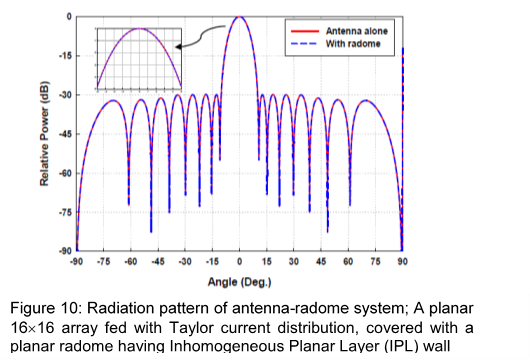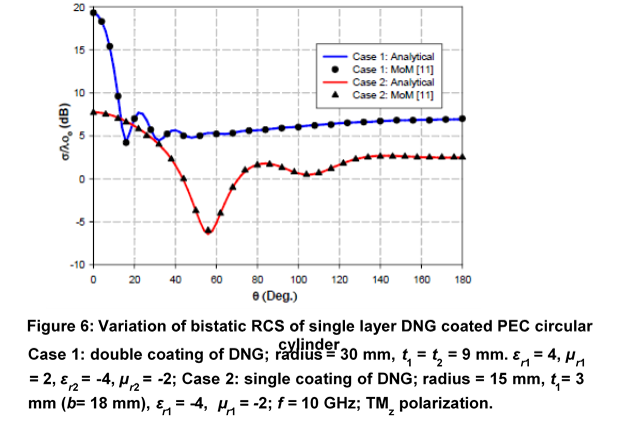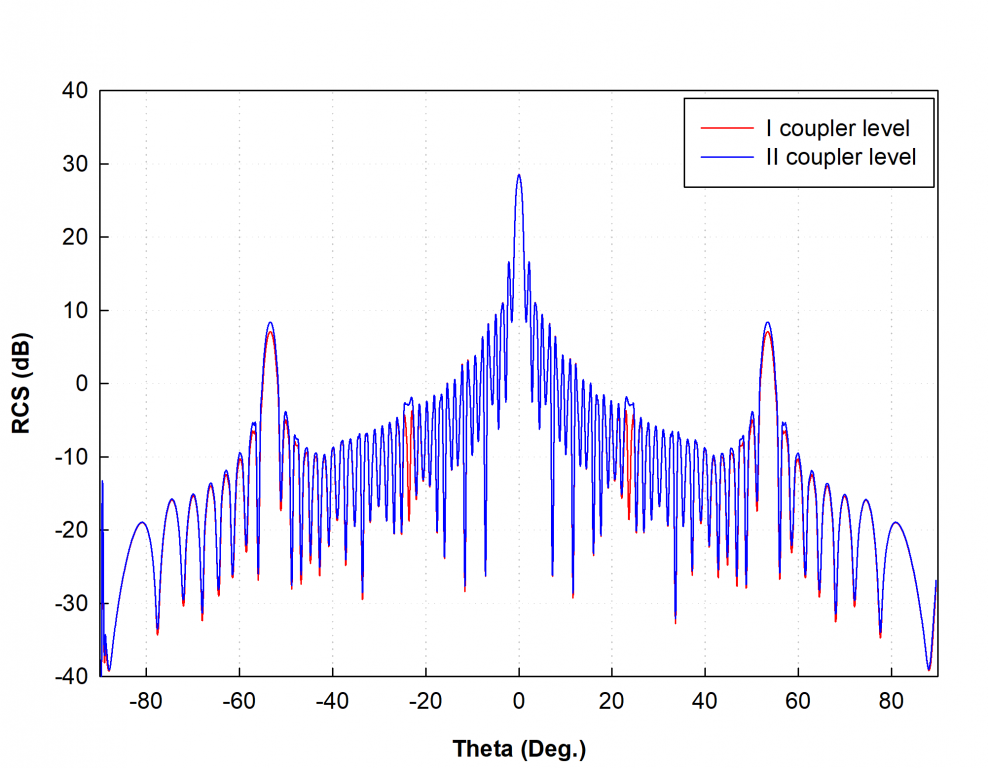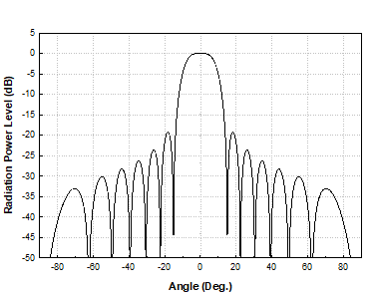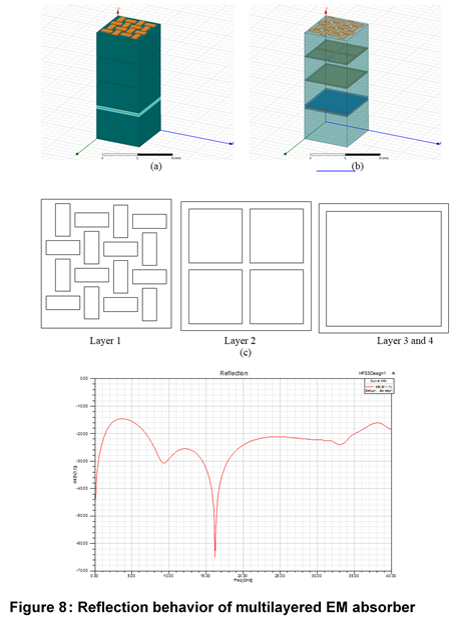
EM Design and Development of Radar Absorbing Structures (RAS)
In present era, low-observability is one of the critical requirements in aerospace sector, especially related to defence. The stealth technology essentially relates to shaping, usage of radar absorbing materials (RAM) or radar absorbing structures (RAS). The performance of such radar cross section (RCS) reduction techniques is limited by the bandwidth constraints, payload requirements, and other structural issues. Moreover, with advancement of material science, the structure geometry no longer remains key decisive factor towards stealth. There is major contribution of RAM and RAS in reducing the radar signatures. These RAM/RAS not only contribute in reducing RCS of vehicles such as aircraft, ship or missiles but also serves the purpose of reducing or even eliminating the presence of spurious radiations in the environment, caused by electronic equipments operating at high frequencies. Thus, the research related to new radar absorbing materials and RAS designs towards the shielding of electronic equipment against EMI has become essential and strategic for the country.
The role of RAM/RAS is to reduce radar signatures from a target. This reduction is not difficult to achieve by increasing the volume of the absorber material and shaping its geometry, provided there is no limitation of space and weight. However practically, the space on airborne platforms is so limited that the designer has to consider various design factors, such as weight, thickness, absorptivity, environmental resistance, mechanical strength etc. Thus it becomes essential to develop thin RAS which is light and has enough strength to support loads. This motivates the design and development of wideband planar and curved load-bearing radar absorbing structures.
CEM is involved in design and develop thin load-bearing electromagnetic absorbers. The periodic surfaces and high impedance surfaces are used in a multi-layered design. Layered composites added with dielectric material are designed not only to carry loads but also to perform electromagnetic wave absorption over entire frequency band. Various configurations with both planar and non-planar geometry have been designed using lossy dielectrics, fiber-reinforced composites and conducting polymers. Natural fiber composite as RAM adds economical advantages and weight reduction. The composites such as glass fiber/epoxy and carbon fiber/epoxy composites serve as load-bearing structure. The lossy dielectric materials and high-impedance surface-based layers provide required EM absorption. Since the EM properties of fiber reinforced polymeric composites can be tailored effectively by just adding some electromagnetic powders, such as carbon black, ferrite, carbonyl iron, carbon nanotubes, etc., to the matrix of composites, they are plausible materials for fabricating the RAS of desired performance. Further various elements such as a square patch, circular patch, and cross patch, may be used to design HIS. The conducting polymer materials are also one of the preferred choices for microwave absorber, in lieu of the advantages such as control of electrical conductivity, ease in fabrication of patterns, and effective surface absorption behavior.
The wideband absorption characteristics are preferred for the stealth applications. In this regard multilayered RAS is a desirable choice (Figure 8). Such structure can be designed and developed cascading different dielectric layers having periodic structures (FSS) with optimum thickness. The stringent requirement of load-bearing feature can be handled by proper choice of materials.
Specifications:
- Good EM absorption
- Single/multilayered structure
- Wideband absorption characteristics
- Dielectric layers
- Periodic structures (FSS/HIS)
- Optimum thickness and weight
Facilities where this technique is used: DRDO labs towards stealth technologies
Major mile stones / results of this technique:
- EM Design of various configuration of RAS
- Indigenously developed software code for EM performance analysis of developed RAS
- Fabricated hardware
- Published books, and research papers
Hema Singh, Ebison Duraisingh Daniel J, Harish Singh Rawat, Reshma George, Fundamentals of EM Design of Radar Absorbing Structures (RAS). Springer Briefs in Applied Sciences and Technology, ISBN 978-981-10-5079-4, 55 p., 2017.
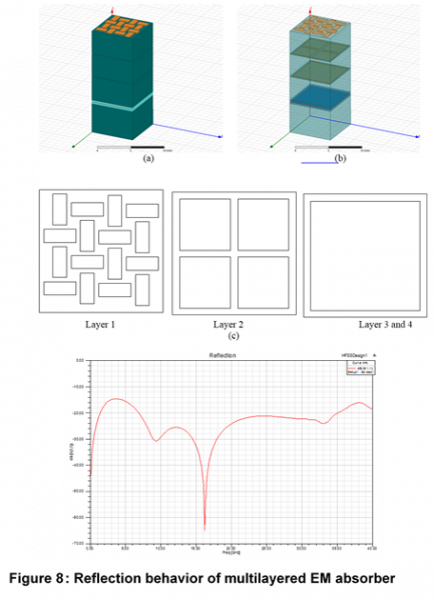

 English
English हिन्दी
हिन्दी